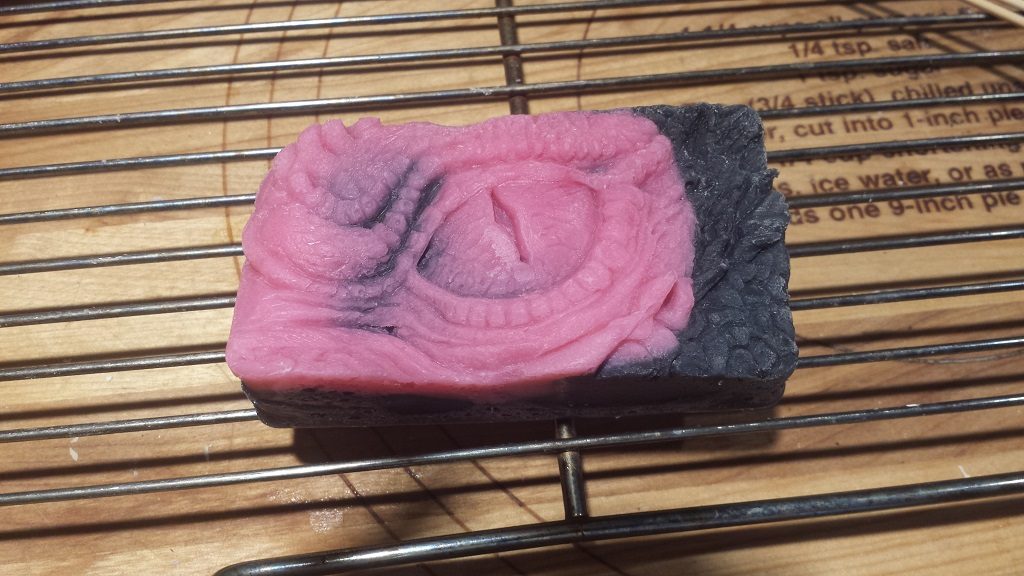While at a recent Zoning Commission meeting, they discussed how a use was judged to be (or not to be) agriculture vis-à-vis Township not having a right to regulate agriculture per ORC 519.21. The example of a greenhouse used to grow flowers was given — not agriculture. Which got me thinking about the false association between ‘commerce’ and ‘agriculture’ — flowers are absolutely included in Ohio’s list of agriculture. ORC 303.01 reads:
agriculture" includes
farming; ranching; algaculture meaning the farming of algae; aquaculture; apiculture;
horticulture; viticulture; animal husbandry, including, but not limited to, the care and raising
of livestock, equine, and fur-bearing animals;
poultry husbandry and the production of poultry and poultry products;
dairy production; the production of field crops,
tobacco, fruits, vegetables, nursery stock,
ornamental shrubs, ornamental trees, flowers,
sod, or mushrooms; timber; pasturage;
any combination of the foregoing; and the processing, drying, storage, and marketing
of agricultural products when those activities are conducted in conjunction with,
but are secondary to, such husbandry or production.
So why wouldn’t a greenhouse used to grow flowers count as an agricultural use? Wickard v. Filburn, 317 U.S. 111 (1942) — a fairly wide reaching case — found that Mr. Filburn producing wheat for his own use (i.e. not selling it) still counted as commerce because he would have otherwise bought the wheat on the open market. Which is to say his wheat production was commerce because it was grown to allow him to avoid commerce. While Mr. Filburn’s production was not substantial, the cumulative action of personal-use growers would have a substantial impact on the market. Which was enough commerce to grant the federal government power to regulate his wheat production.
Same holds true here — and I think flowers were used an an example because it’s easy enough to say “eh, it’s just flowers”. But my concern is that the Township is going to want to use the same logic to regulate other agricultural activities. The personal production of poultry products may not be substantial, but the cumulative production of everyone who has some egg layers in their yard would be substantial. Thus egg laying chickens that produce for personal use would still be considered commerce by the logic of WIckard v. Filburn. I think someone claiming agricultural use for flowers might have a bigger hurdle, but a sufficiently motivated individual may be able to use this argument to substantiate the agricultural exemption for their greenhouse.
Hopefully this is one of those situations where the government doesn’t try to have it both ways — if personal production is commerce in one case, it should be commerce in other (very similar) cases.
